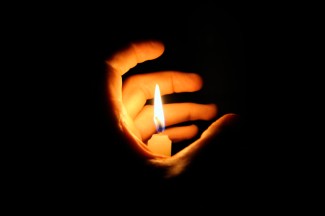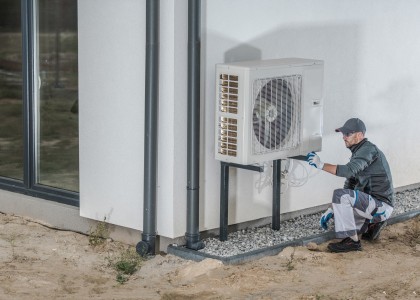The historic winter storm across the central United States brought a fierce chill into the homes of millions of Texans who lost electric power. Extended outages played a role in many of the fatalities as some residents faced hypothermia and had to try to warm themselves through makeshift means.
Observers have focused on the factors that caused so much power generation to unexpectedly shut down, including frozen natural gas pipelines and coal piles, natural gas shortages, and, to a lesser extent, iced-over wind turbines. The power generators’ reliability must doubtless be improved.
But another key factor driving the blackouts was a sharp increase in power demand, driven by greater heating needs in the nearly unprecedented cold. In Texas, that demand blew past the grid operator’s previous winter record, and effectively required 15-20 power plants more energy than had been projected.
To help avert the next massive power outage from extreme winter weather, can policymakers help mitigate demand spikes?
Almost certainly. That’s because most homes today consume far more energy than necessary to meet their heating needs. For instance, almost 20% of homes in the South-Central United States are poorly insulated, according to federal data. That means heaters need to work harder to keep homes warm. In addition, many homes rely on out-of-date, inefficient heating technologies. And these challenges are generally worse for low-income, Black, and Hispanic households, who on average spend a far larger share of their income on energy costs.
Fix these problems, and you reduce demand surges that overwhelm the grid.
One of the most effective tools is home weatherization, which can involve relatively simple actions to better seal the home from the outdoors, add attic insulation, and fix leaky ducts. This alone can reduce heating demand by 11–14% and also cut air conditioning costs during the summer months.
Better-sealed homes not only reduce energy consumption. They also help residents who have lost power stay warm longer. For example, after an ice storm in Maine, power outages and subzero temperatures forced hundreds of residents into heated shelters. Yet others in particularly well-sealed homes saw their indoor temperature stay as high as 58 degrees after more than four days, allowing them to safely shelter in place. And well-weatherized homes are similarly important in summer storms, when power outages can leave people without air conditioning for days.
Heating energy demand in Texas and surrounding states could also be reduced in more than 40% of homes by replacing inefficient electric resistance heating systems with modern heat pumps. They use remarkably little energy, saving money for customers in the winter as well as in the summer, when they provide efficient air conditioning. And newer, cold-climate models have the capacity to operate efficiently even when outdoor temperatures are well below freezing.
Moreover, many modern heat pumps, water heaters, and connected thermostats can respond to price incentives or pre-set automatic signals to reduce or delay energy use. When many homes and businesses have equipment that can respond to those signals, they can contribute voluntary energy reductions when there is not enough power available, as opposed to the blunt instrument of forced outages.
It is fair to wonder whether these measures would hold up during the extreme conditions of a multi-day polar vortex event. We’ve recently conducted quantitative analysis and found that a combination of weatherization, heat pumps, smart thermostats, and sensors and controls that manage a building’s energy use can indeed significantly reduce energy use spikes over days. In some regions of the country during exceptionally cold periods, coupling heat pump systems with legacy natural gas backup can add an extra layer of resilience and further reduce strain on the electric grid.
Policymakers can encourage these solutions. State and local officials, for instance, can set building codes that require new houses and buildings to be highly insulated and well-sealed. Utilities can offer customers incentives for the purchase of more energy-efficient and connected heating equipment, and their state regulators can require them to do so.
In Washington, Congress can encourage home and building owners to invest in efficiency upgrades by providing rebates and tax incentives, while helping states and utilities expand weatherization programs that serve low-income households. And the Department of Energy should set stronger standards to ensure all new heating and cooling equipment is efficient.
Although this wave of extreme cold was nearly unprecedented, the polar vortex event that caused it will likely occur again as the climate grows more extreme. Investing now in reducing energy demand for heating and adding flexibility to the system will improve electric grid reliability, help keep people safe, and save electricity customers money throughout the year.



